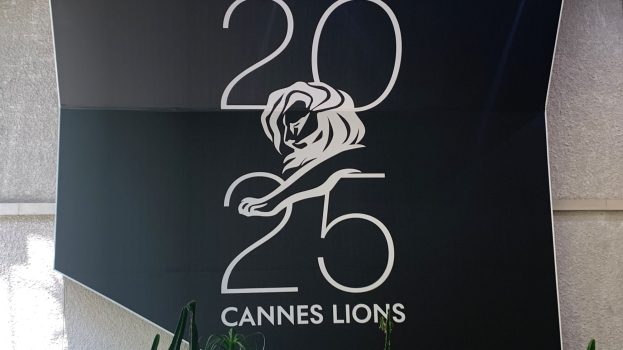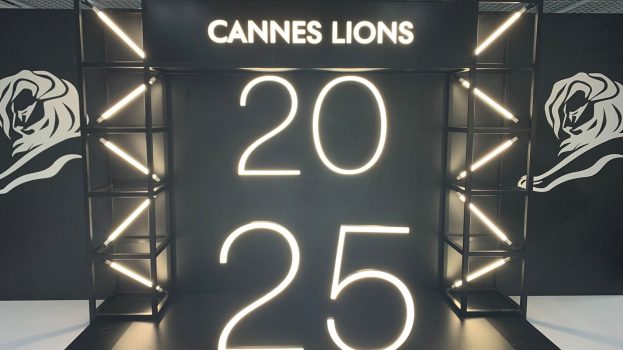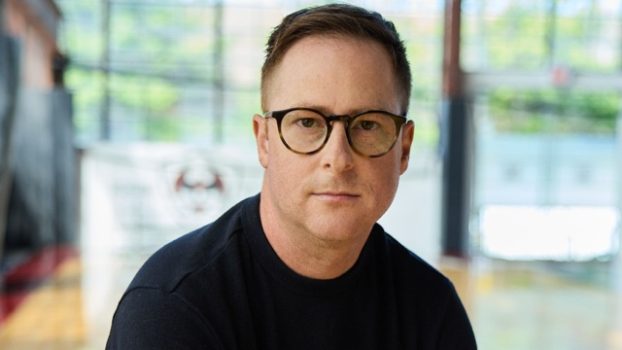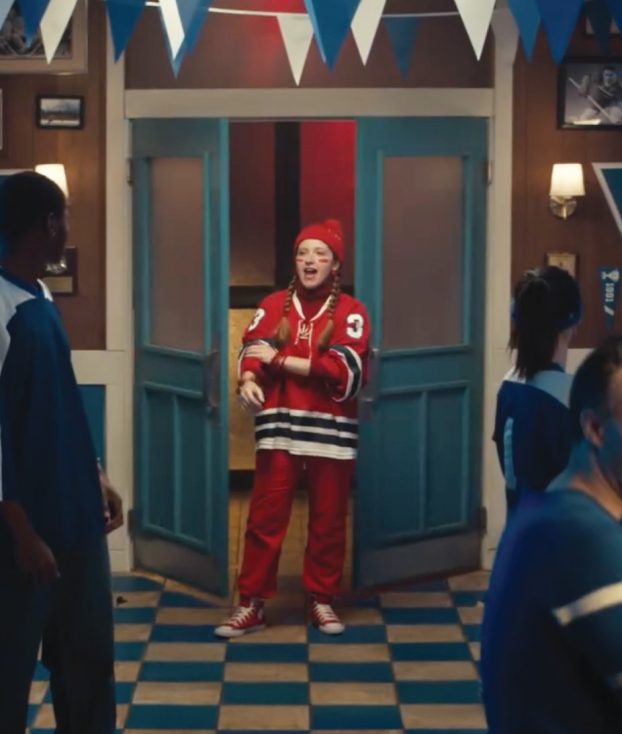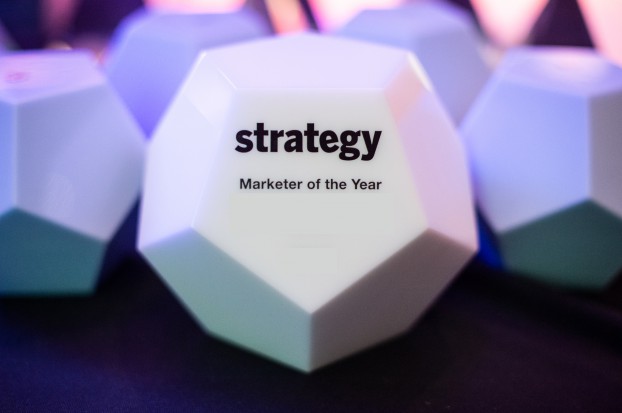What’s with the monkeys and the typewriters?
That’s the question that’s been making its way around offices, bars and everywhere else since the eye-catching teaser featuring our closest primate cousins hit the airwaves a few weeks ago.
With the promise that ‘An infinite number of monkeys on an infinite number of typewriters will eventually define all that is Canada’, industries such as telecommunications, information technology and banking were natural guesses.
But the answer, we know now, was beer – specifically, Molson Canadian beer.
Whether or not the clever campaign will sell more Canadian this summer remains to be seen. The important thing, at this point, is that Molson achieved what every company with any marketing sense aims for – consumer curiosity and involvement.
‘The failure to provide enough detail will often generate some word-of-mouth type conversation among different consumers and that’s a very powerful way of getting people to actually pay attention to it,’ says Scott Hawkins, assistant professor of marketing at the Rotman School of Management, University of Toronto. But it’s not easy capturing their attention when, according to a recent media study, consumers are bombarded with 500 promotional messages every day, says Hawkins. ‘People tend to filter out a large majority of advertising.’
A successful teaser will not only break through that filter, but actually plant a seed encouraging the consumer to seek out more information, according to Hawkins. And that’s brand involvement at the earliest possible stage – even before the consumer is aware which brand is being touted.
In order to encourage this brand involvement, advertisers and their agencies have not only to create something eye-catching and unique, says Hawkins, but also make sure there are holes in the information presented.
People are so conditioned by the current advertising structure – a short story that’s resolved in 30 seconds – that they will try to fill in any gaps left by the advertiser. ‘Consumers desire a sense of closure when they’re trying to interpret information,’ he says.
Hawkins points to last summer’s campaign by Microcell Solutions for Fido as a good example of a well-executed teaser campaign. The advertising (which included Fido-branded blimps hovering over some of the company’s target cities), by Montreal’s Bos, generated a great deal of discussion and speculation among consumers because nothing was revealed save the brand name, says Hawkins.
Fido was unusual, however, because the brand name was an unknown. In most cases, teasers are teasers because they don’t carry the brand name.
While Microcell took plenty of time to draw out the Fido name in an effort to brand it without saying what ‘it’ was, in most cases it’s wise to resolve the question of the brand’s identity before consumers lose their patience, according to Hawkins. In other words, don’t keep them waiting too long.
It’s critical advertisers realize this, because forcing consumers to wait longer than they want to can backfire, he says. ‘At that point, either people get frustrated and develop a negative [attitude], or they just forget about it.’
Rick Davis, creative director at MacLaren McCann (which created the Molson Canadian ‘I am’ teaser), agrees. He says that an acceptable timeline varies, depending on the objectives of the advertiser, but it’s best not to hold out for too long.
‘You’ve got to do it quickly,’ he says. ‘You just don’t want to piss people off.’
However, he’s also of the ‘slow reveal’ school of thought where the puzzle is solved over several executions rather than all at once. He says this method can be less jarring – and more involving – for the consumer.
Take the agency’s launch of Oldsmobile’s new Intrigue last year. The outdoor component of that campaign ran for three weeks and featured a Polaroid with the question ‘Intrigued?’ In the first week, there was nothing to indicate what was being advertised. By the second week, the Polaroid had ‘developed’ enough so it was clear the product being advertised was a car, but there was still no mention of the manufacturer. Only in the third week could passersby see the car and know that it was an Oldsmobile.
‘You’re asking people to play along with you,’ says Davis. ‘Somewhere along the line, you’ve got to start rewarding them for their interest.’
Davis says his agency considers teasers only when it wants to create news and change perceptions. Oldsmobile, for example, was a brand that came across as staid – something your grandfather would drive. The campaign, which included the use of huge black boxes which people were invited to enter so they could view the car, was all part of an effort to give the brand a hipper image and attract a younger buyer.
Davis says that teasers aren’t used that often in Canada, primarily because of their huge cost, particularly when it comes to tv. Thanks to the fact that tv viewers now spend their time channel-wading through countless networks and specialty services, advertisers are forced to spend more in order to establish an acceptable frequency.
‘It’s now very expensive to run a teaser campaign,’ says Andy Macaulay, partner at Toronto’s Roche Macaulay & Partners Advertising, adding that very few advertisers could afford the ‘gazillion’ dollars it must have cost to run the monkey teaser.
Macaulay points to Molson’s launch of Red Dog beer in 1994, when Toronto was plastered in billboards featuring, simply, a red bulldog, a dog collar or a bone. Although the teasers were followed by tv and print ads, it’s the billboards that people remember. ‘They must have spent millions of dollars on the teaser portion of that campaign alone,’ he says.
Some companies are hedging their bets by revealing the advertiser upfront, but leaving one element out. Think of Pizza Hut Canada’s billboard campaign last summer, wherein billboards around Toronto featured five blanks leading up to the word ‘Hut’ – all in the company’s traditional font and red-and-white color scheme. It was no mystery to identify the advertiser, but the fact that the word ‘pizza’ never appeared provided the tease.
That same summer, Toyota Canada ran five different ads prior to the launch of its new Sienna minivan. Each ad, which featured the manufacturer’s name, showed the vehicle at various stages of completion.
Roche Macaulay created a teaser campaign two years ago for IKEA Germany, to coincide with the company’s catalogue drop. The 15-second tv spot showed eyes frantically staring through a mail slot before the slot flicks closed and a voice-over says, ‘It’s coming.’ In that case, the advertising teased the consumer by promising upcoming news without revealing anything more.
Macaulay says that advertisers have to tread carefully when considering a teaser. ‘Some teaser advertising can be guilty of self-importance in the sense that it presumes the audience is sitting there waiting to find out who the advertiser is – which, in today’s world, is generally not true,’ he says.
He adds that this is why it’s taken bigger budgets – and smarter creative – to make people want to find the connection.
Sidebar: Teaser campaigns need long-term perspective
Hey, if they can do it, why can’t I?
Before jumping on the teaser bandwagon (if there even is such a thing), marketers should take a few things into account.
The obvious mistake would be to pour all of the company’s marketing dollars – and sales hopes – into a teaser campaign.
‘It’s something where you have to be taking a long-term perspective and break down your communication objectives into very discreet stages,’ says Scott Hawkins, assistant marketing professor at the University of Toronto.
‘You initially want to generate some interest and awareness in the product, then you want to convey some information about the product, so that they understand what it’s about, and finally, you want to generate some liking for the product.’
If the product is low-involvement, the task ahead might be easier. In other words, if buying it doesn’t require much financial or other risk of the consumer – products such as soft drinks, snack foods and cleaning products fall into this category – consumers might be willing to try it based on an interesting teaser alone. More expensive items, however, require a comprehensive carry-through, says Hawkins. The follow-up advertising has to present some sort of benefit.
And that’s where Hawkins’ final piece of advice comes in. Make sure your product holds up to the hype.
‘There’s a real payoff if you can generate some interest in something new,’ he says, but adds that the critical factor in determining the long-term success of the product or service is the product or service itself – not the initial excitement generated by an entertaining teaser.


